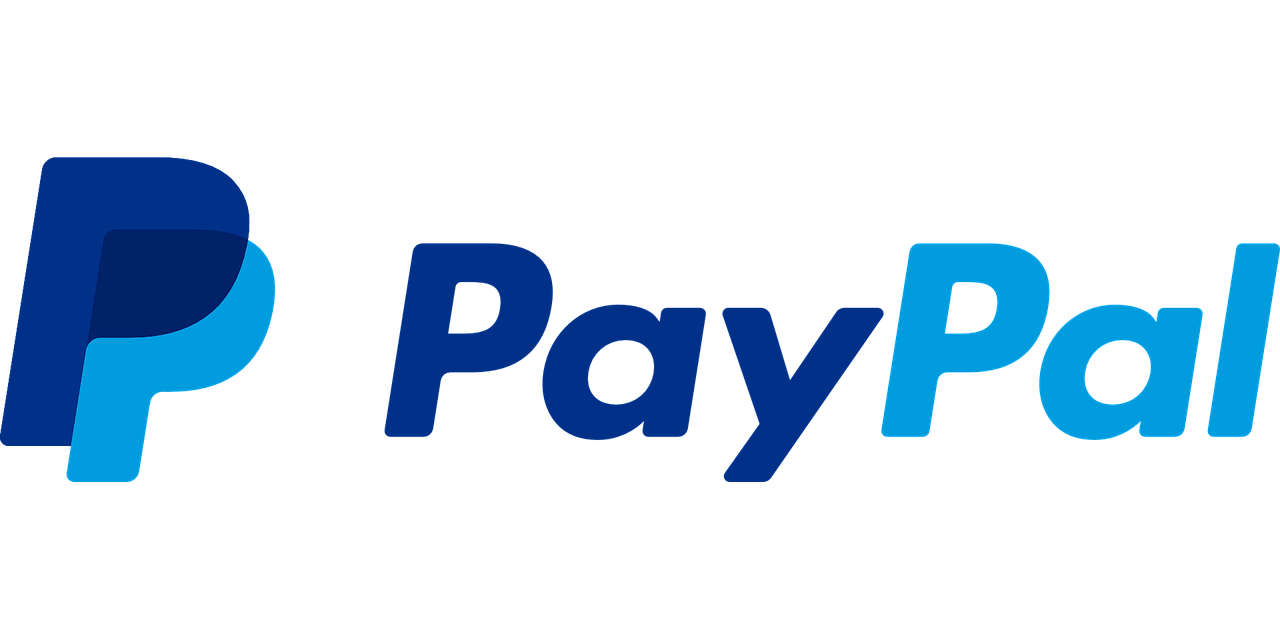Author: Maranda Moses
-
How to Get Approved For Your CBD Merchant Account in Europe
CBD merchant accounts in Europe are in demand, especially for US merchants looking to expand their operations into another potentially lucrative e-commerce territory. But despite the 2018 Farm Bill unlocking the CBD market in the United States, Europe is still somewhat in a state of regularity flux regarding the CBD industry. This has made setting up a European…
Written by

-
Why PayPal is NOT a Real Merchant Account
When is it time to get a merchant account? Chances are, if you‘re a startup accepting credit card purchases online, you‘re likely using a PayPal account, Stripe, or a similar online payment provider. But many online business owners make the mistake of thinking a PayPal business account is the same as a dedicated merchant account.…
Written by

-
Nootropics Gain Popularity But Lose Payment Processing Credibility
The nootropics industry is gaining popularity again, and with it, there is a demand for nootropics merchant accounts. But unusually high numbers of merchants are being declined for merchant accounts in their quest to accept credit card orders online. So what’s the issue? Like many other nutraceutical sub-categories, nootropics are considered a high-risk according to card issuers…
Written by

-
FAQ Fridays: How Do I Reduce Credit Card Declines At My Checkout Page?
Q: I have too many credit card declines in my online business. Since 2019 I’ve been operating an online electronics store. I do pretty good numbers – about €150K a month and 1.12% chargebacks. But with the holiday shopping season coming, I need to fix this pesky problem fast! Last year my store had about…
Written by

-
FAQ Fridays: My Payment Processor Has Website Compliance Requests
Q: Hello! My high-end electronics and gadgets online store processes 30,000 euros a month. That is the maximum sales we can accept. So, recently I applied to a second payment processor to take more orders. If I get approved I will have more room for more sales, as I have limited cap at my current…
Written by
